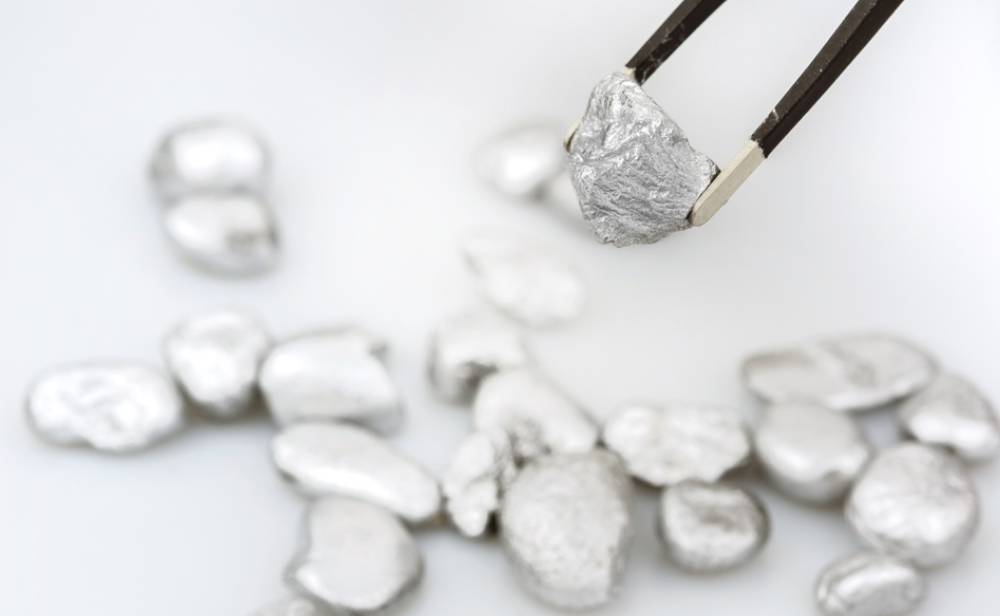
We all know we should recycle. It’s good for the environment, and it helps conserve resources. But sometimes, it can be hard to know where to start, especially when it comes to recycling electronics. Silver cadmium contacts are an often overlooked source of recyclable materials. You may have heard many names when you come across recycling material research. But why is Silver Cadmium not on the list? Here we will outline the benefits of recycling silver cadmium contacts and how you can do it easily and responsibly.
What Are Silver Cadmium Contacts?
Silver cadmium contacts are a type of electrical contact that is made of silver and cadmium. It is a good conductor of electricity. Silver cadmium contact is also durable and has a low contact resistance. It is the best option for a conductive and arc-resistant contact.
These contacts are used in a variety of electrical applications, including switches, relays, and meters. Silver cadmium contacts have a number of advantages over other types of contacts. They have a low contact resistance, which means they can carry more current than different types of contacts. They also have a long life span, making them ideal for high-reliability applications.
Where Do Silver Cadmium Contacts Come From?
Silver cadmium contacts are a battery found in a wide range of electronics, from cell phones and laptops to digital cameras and watches. As these devices become increasingly more common, the number of silver cadmium contacts being produced and discarded each year grows. Thankfully, there are numerous ways for you to recycle these items and keep them out of landfills.
Recycling centers accept silver cadmium contacts, as many electronic stores do. By recycling your old devices and their batteries, you’re not only helping the environment, but you’re also doing your part to conserve precious resources.
Why is Silver Cadmium Contact Good For You?
Silver cadmium contacts are a great way to help the environment and yourself. There are many reasons for you to benefit from recycling silver cadmium contact. Here we’re going to discuss five of them. First and foremost, they help reduce environmental waste. Hence, they’re climate-friendly and provide great help to utilize in other ways.
Another benefit is that there isn’t any need to replace them often because they last just as long as regular contacts. The silver cadmium contact is more comfortable and less likely to cause irritation. You can enjoy it in different colors as they have many options and varieties to suit your style. Last but not least, they are affordable, so you can help out the planet without breaking the bank.
Silver Cadmium Contact is a Good Conductor Of Electricity
Silver cadmium contact has excellent conductivity because of both silver and cadmium’s superior electrical and thermal conductivity. Silver is an outstanding conductor of electricity, while cadmium is a good conductor of heat. Combining these two metals in contact allows for current to flow quickly and smoothly, making it an ideal contact material. In addition, silver cadmium contacts have high arc resistance.
Benefits Of Silver Cadmium Contact As An Arc Resistance
Silver cadmium contacts not only offer exceptional conductivity but also provide arc resistance. Arc resistance is the ability of a material to resist the passage of an electric arc. This is an important property for contacts, as an electric arc can damage or destroy the contact material.
Silver cadmium contacts have high arc resistance because both silver and cadmium are resistant to degradation from arcing. That means they’re less likely to experience a short circuit or arc, which can be incredibly dangerous. In fact, silver cadmium contacts are some of the most reliable and safe contacts available on the market today.
How Can Recycling Silver Cadmium Contacts Help The Environment?
Silver cadmium contacts can be recycled and reused to create new contact lenses. This helps reduce the amount of waste produced by the contact lens industry. It also means that fewer resources have to be used to produce new contacts, which can help in saving energy and reducing greenhouse gas emissions. Plus, recycling saves money and creates jobs. So if you have any old silver cadmium contacts lying around, be sure to recycle them!
What Are The Benefits Of Recycling Silver Cadmium Contacts?
In addition to the environmental benefits, there are plenty of perks for you, the consumer, when you recycle silver cadmium contacts. For one, you’re helping to reduce the amount of waste that goes into landfills. You’re also doing your part to conserve natural resources. Plus, recycling is a great way to save money! You can get cash for your old contacts and put that money towards new ones. So not only are you helping the planet, but you’re also taking care of yourself. It’s a win-win situation all around!
What Are Some Applications Of a Silver Cadmium Contact?
They’re also used in metallurgy to coat steel and other alloys with a thin layer of silver to prevent corrosion. Another common application is in photovoltaics, where they’re used to create solar cells. Additionally, they are also corrosion-resistant, which makes them ideal for use in harsh environments. Hence, they are less likely to arc or spark when exposed to high voltages. Thanks to these properties, silver cadmium contacts are widely used in a variety of applications, including motors, transformers, and relays.
Ending Notes
There are many advantages to recycling silver cadmium contacts. It helps the environment by keeping valuable metals out of landfills. It also benefits you by providing a safe and easy way to recycle your old contacts. And finally, it helps the contact manufacturing company by providing them with a valuable resource that can be reused to create new contacts.
Silver cadmium contacts have some very impressive properties that make them a great choice for a wide range of applications. They are an excellent conductor of electricity and have very high arc resistance, making them ideal for use in electrical equipment. With its other properties, it can also help the contact lens industry.
